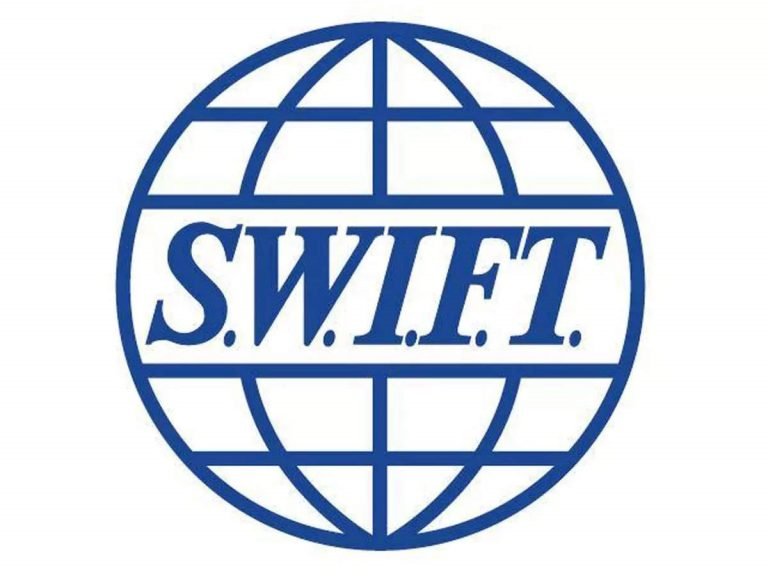Attack description : The Dyn DDoS attack of 2016 sent shockwaves through the cybersecurity landscape, showcasing the devastating impact of leveraging IoT botnets in large-scale distributed denial-of-service (DDoS) attacks. In this technical article, we delve into the intricate technicalities of the attack, exploring the mechanics of IoT botnets, the attack vectors employed, and the underlying vulnerabilities that allowed for such a massive assault on internet infrastructure.
IoT Botnets and Attack Enlistment: The Dyn DDoS attack leveraged the power of compromised IoT devices to form a formidable botnet. The following technical aspects were involved in the attack enlistment process:
- Malware Propagation: The attackers exploited security vulnerabilities and weak authentication mechanisms in IoT devices to propagate malware. Common entry points included default credentials, unpatched vulnerabilities, and outdated firmware. Once compromised, the devices were turned into zombies under the control of the attackers.
- Botnet Coordination: Command-and-control (C&C) servers were utilized to orchestrate the actions of the infected IoT devices. These servers issued instructions to the botnet, instructing the compromised devices to participate in the DDoS attack against the targeted DNS infrastructure.
Attack Vectors and Techniques: The Dyn DDoS attack employed multiple attack vectors and techniques, demonstrating the sophistication of the assailants:
- DNS Amplification: The attackers exploited vulnerable open DNS resolvers by sending DNS queries with forged source IP addresses to these resolvers. The resolvers, assuming the source IP addresses were legitimate, responded with larger DNS responses, amplifying the volume of traffic directed towards the target. This technique allowed the attackers to magnify their attack impact using comparatively small amounts of initiating traffic.
- Traffic Flooding from IoT Devices: The compromised IoT devices in the botnet were programmed to flood the target’s servers with a barrage of traffic. This flood constituted a combination of UDP, TCP, and HTTP-based attacks, overwhelming the target’s network infrastructure and saturating its available resources.
Impact: The Dyn DDoS attack had profound implications for internet infrastructure and security, illustrating the magnitude of the threat posed by IoT botnets:
- Service Disruptions and Outages: The attack resulted in significant service disruptions, rendering numerous popular websites and online services inaccessible. The sheer volume of malicious traffic overwhelmed the targeted DNS infrastructure, leading to intermittent or complete outages in certain regions.
- Cascading Effects: The collateral damage caused by the Dyn DDoS attack was substantial. As Dyn was a major DNS provider, other services and organizations relying on its infrastructure also experienced disruptions. This cascading effect demonstrated the potential for widespread impact and the interconnectedness of internet services.
- IoT Security Concerns: The attack shed light on the dire need for improved security measures in IoT devices. The compromised devices were susceptible due to inadequate security practices, weak authentication mechanisms, and unpatched vulnerabilities. The incident highlighted the urgency for manufacturers and users to prioritize robust security measures in IoT deployments.
Mitigations: In response to the Dyn DDoS attack, the cybersecurity community and industry stakeholders took proactive steps to enhance defense mechanisms:
- Enhanced IoT Security: The attack prompted manufacturers to improve the security of IoT devices by implementing stronger authentication protocols, enforcing unique and strong credentials, and regularly issuing firmware updates to address vulnerabilities.
- Network Traffic Analysis: Organizations and service providers invested in advanced traffic analysis tools and techniques to identify abnormal traffic patterns indicative of DDoS attacks. Anomaly detection systems were implemented to trigger real-time alerts and initiate mitigation strategies.
- DDoS Mitigation Services: To defend against large-scale attacks, organizations sought the assistance of DDoS mitigation service providers. These services offered traffic filtering, scrubbing, and diversion capabilities to protect against volumetric, protocol, and application layer attacks.
- Collaborative Efforts: The Dyn DDoS attack underscored the importance of collaboration among industry stakeholders, including DNS providers, service providers, and security organizations. Information sharing and coordination played a crucial role in developing effective mitigation strategies and sharing threat intelligence.
Take away: The Dyn DDoS attack of 2016 served as a wake-up call to the cybersecurity community, highlighting the significant risks posed by IoT botnets and their potential to cripple critical internet infrastructure. Understanding the technical intricacies of the attack allows organizations and individuals to reinforce their security posture, implement robust IoT device security measures, and collaborate to mitigate the evolving threat landscape.
Disclaimer : The information provided herein is on “as is” basis, without warranty of any kind.





